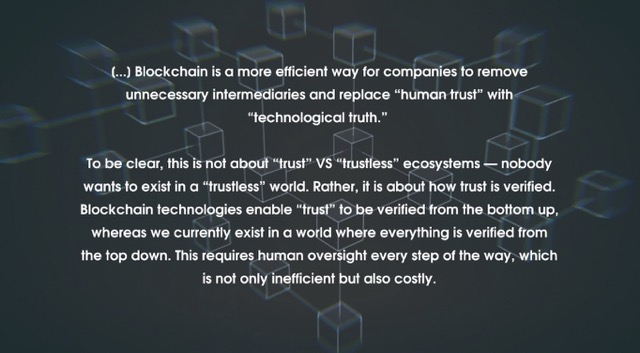Keith Grossman, director of corporate services at MoonPay, has expressed a thought-provoking perspective on the evolution of blockchain technology and its pathway to mainstream adoption. In essence, Grossman asserts that just as people don’t need to comprehend the intricate workings of a toilet to use one effectively, they need not delve deep into the technical intricacies of blockchain. Instead, the focus should be on delivering an efficient and seamless user experience. In this article, we unpack Grossman’s viewpoint and its implications for the blockchain landscape.
Discover: BitVM: Transforming Bitcoin’s Smart Contract Capabilities
Table of Contents,
A Shift in Terminology: From “Web3” to the Norm
Grossman boldly predicts that, in a few years, the term “Web3” will become a relic, much like “dot-com” did for the internet boom of the late 1990s. This shift is indicative of a larger transformation that technologies often undergo. Amazon, Salesforce, eBay, and others, once known as dot-com companies, are now integrated into our daily lives, and their unique technological advantages have become the norm.
Blockchain: Trust in Technology

Blockchain’s primary function, according to Grossman, is to replace traditional intermediaries and shift from “trust in people” to “trust in technology.” This transition is not solely about trust but centers on the ability to verify information with blockchain’s immutable ledger. In other words, blockchain brings transparency and accountability to a new level, offering a way to authenticate data and transactions without reliance on intermediaries.
The HD TV Analogy: Prioritizing Experience
To further illustrate his point, Grossman parallels blockchain and high-definition television (HD TV). When you purchased your first HD TV, you likely didn’t undergo a crash course in pixel structures or image resolutions. Instead, you were drawn to the superior and sharper image quality 1080p over 720p. The decision was not about understanding the technicalities; it was about experiencing an objective improvement.
Simplifying Complexity for Mass Adoption
Grossman’s analogy suggests blockchain and Web3 technologies should follow the same principle. While blockchain’s underlying mechanisms can be intricate, the key to mass adoption lies in offering a user experience that is intuitive, efficient, and superior to existing alternatives. Blockchain should “just work” seamlessly, similar to how we interact with everyday technologies without a deep understanding of their inner workings.
Conclusion: Prioritizing User Experience
In essence, Grossman’s perspective underscores the importance of prioritizing user experience in the blockchain space. To achieve mass adoption, blockchain technology needs to be embraced not because of its technical intricacies but because it offers a compelling and efficient solution that enhances the way we interact with data, transactions, and the digital world at large. In doing so, blockchain can seamlessly integrate into our daily lives, much like the technologies that have become part of our everyday routine. As the world of Web3 continues to evolve, this emphasis on user experience could be the key to its ultimate success and normalization.



